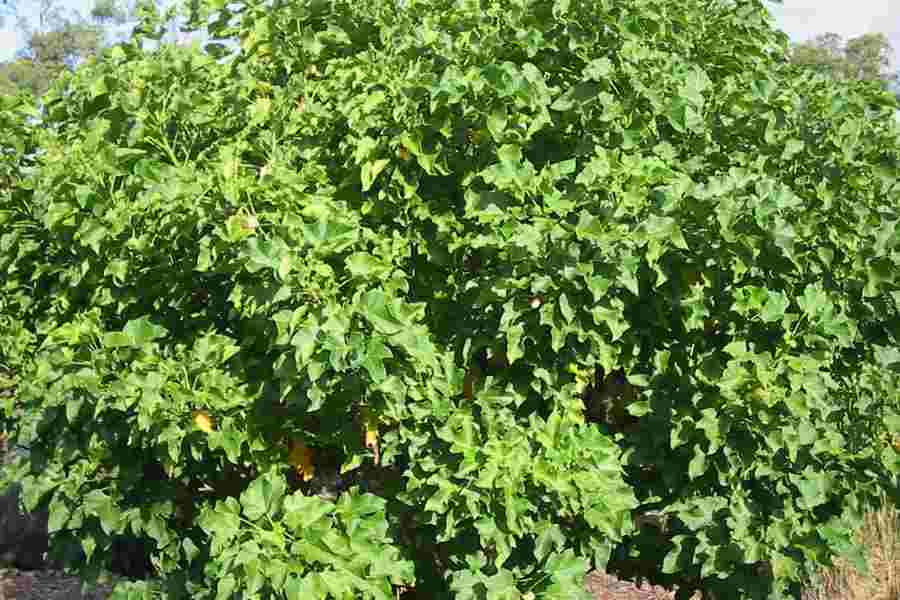In the recent times, developments in the field of agriculture in the kind of ex-vitro plant propagation have shown helpful to the guy kind. One such plant, which has actually been established by ex-intro, is Jatropha, discovered in big amounts in Indonesia. This plant contains 25 to 35 percent oil and can be utilized to produce biodiesel, conserving land, and an increase in the income of farmers.

Earlier, there were particular obstacles while growing the Jatropha plant. First of all, the propagation and transport of the seedlings of jatropha curcas was costly and lengthy. The soil in which, it grows is low in efficiency causing the plant to decay and have diseases and last however not the least, the Jatropha plant takes considerable time to adapt itself, to the new environment.
Observing all these hurdles, the agricultural specialists promoted ex-vitro jatropha curcas proliferation. The ex-vitro of Jatropha dealt with the challenges, faced earlier of planting it. The seedling treatment was made quickly and low-cost. The expense of transport was minimized, as the seedlings were planted nearby, in the location of the plantation. Mother plants were selected from the exact same location, which did not need the seedlings to adjust themselves, hence conserving time.

The ex-vitro Jatropha method embraced in the plant propagation scheme had root culturing as its basis, where the shoots were grown outside the field in the glass vessels. The platelets grown from this, was automatically seasoned in the green house. The seedlings were extremely heterogeneous, in character and thus, high level of propagation was possible.
The ex-vitro jatropha technique proved to be affordable. Great care was taken to supply ecological and nutritional value to the plant. Soon, after embracing ex-vitro for jatropha plant, the two months plantlets were all set to be planted in the field. Rooting was accomplished, in around three weeks. The governments in lots of nations are taking initiatives to motivate the farming scientists to establish jatropha plant proliferations through ex-vitro approaches, which are cheaper and sustainable. There are many institutes, which train people about, this technique to increase production.
The institutes took part in ex-vitro jatropha curcas approaches of plant proliferation took utmost care in nurturing the plants by creating natural conditions. For example, jatropha grows in well drained soil and is drought resistant. The ex-vitro approach also, increased the level of seedlings, which were totally free from insect and illness. This method of ex-vitro of jatropha curcas showed easy and inexpensive and the seedlings were close to their parent, hence, preventing issues.
There are certain factors that can affect the ex-vitro development in jatropha curcas plants. They are factors like sunlight, humidity, nature of soil and other climatic conditions. Hence, care has to be required to change these aspects to match ex-vitro.

